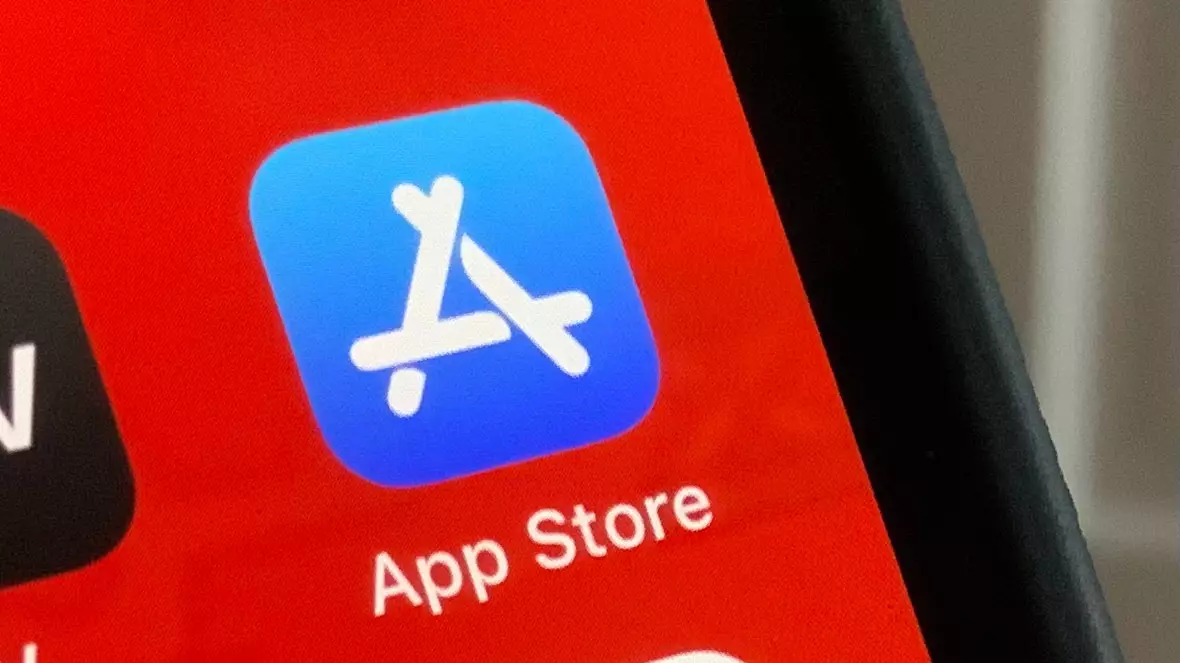Apple has long been a stalwart in the world of mobile applications, constantly evolving its ecosystem to enrich user experience and developer engagement. Recent developments indicate a significant shift in how apps can be discovered through the App Store. The latest developer beta for iOS 26 unveils Apple’s intention to incorporate artificial intelligence-driven tagging methods to enhance the visibility of apps. Although these changes are limited to a developer framework at present, they indicate a promising leap toward a more intelligent search methodology that could reshape the competitive landscape for app developers.
Current Limitations and Future Potentials
As it stands, the implemented tags are not visible to the general public nor are they currently influencing the public App Store’s search algorithm. This creates a paradoxical scenario where developers are excited about potential enhancements, yet they are left in the dark about the immediate effects on their app ranking. A recent analysis by Appfigures highlighted the emerging influence of screenshots on app discoverability, suggesting that Apple is looking beyond traditional metadata. The analysis posited that Apple might utilize extracted text from screenshots to tweak search rankings, yet they mistakenly attributed this process to Optical Character Recognition (OCR) technology, while in fact, Apple has revealed reliance on more sophisticated AI methodologies.
AI as a Transformative Tool
At the heart of this change is Apple’s commitment to improve app discoverability through a deeper understanding of user intent and contextual relevance. During its recent Worldwide Developers Conference (WWDC 25), Apple revealed that various forms of metadata—such as screenshots and descriptions—would play pivotal roles in refining how apps are categorized. This indicates a fundamental shift in how developers must approach their app submissions. Therefore, developers won’t be required to stuff keywords into screenshots actively; rather, AI will intelligently assign tags that accurately reflect the content and purpose of an app.
This evolution signifies a departure from the previous model where an app’s name, subtitle, and keyword lists dominated ranking algorithms. Apple has recognized that a one-dimensional approach to app discoverability cannot meet the complex nuances of user needs in a saturated marketplace. The advent of AI-driven tagging promises a more nuanced understanding of each app’s unique features and benefits.
The Onus on Developers
With these AI-generated tags comes both an opportunity and responsibility for developers. While they will eventually gain control over the tagging system to ensure their apps are classified accurately, they will need to familiarize themselves with how these tags function and their implications on discoverability. This will inevitably demand a learning curve; developers will have to stay abreast of evolving tagging mechanisms and how they can align their app descriptions with the expectations of both the tagging AI and potential users.
As this AI revolution begins to take shape, developers will face the crucial task of adapting their strategies to leverage this new system effectively. The potential for improved visibility is exciting but also necessitates a proactive approach to understanding how to best navigate the complexities of this new framework.

